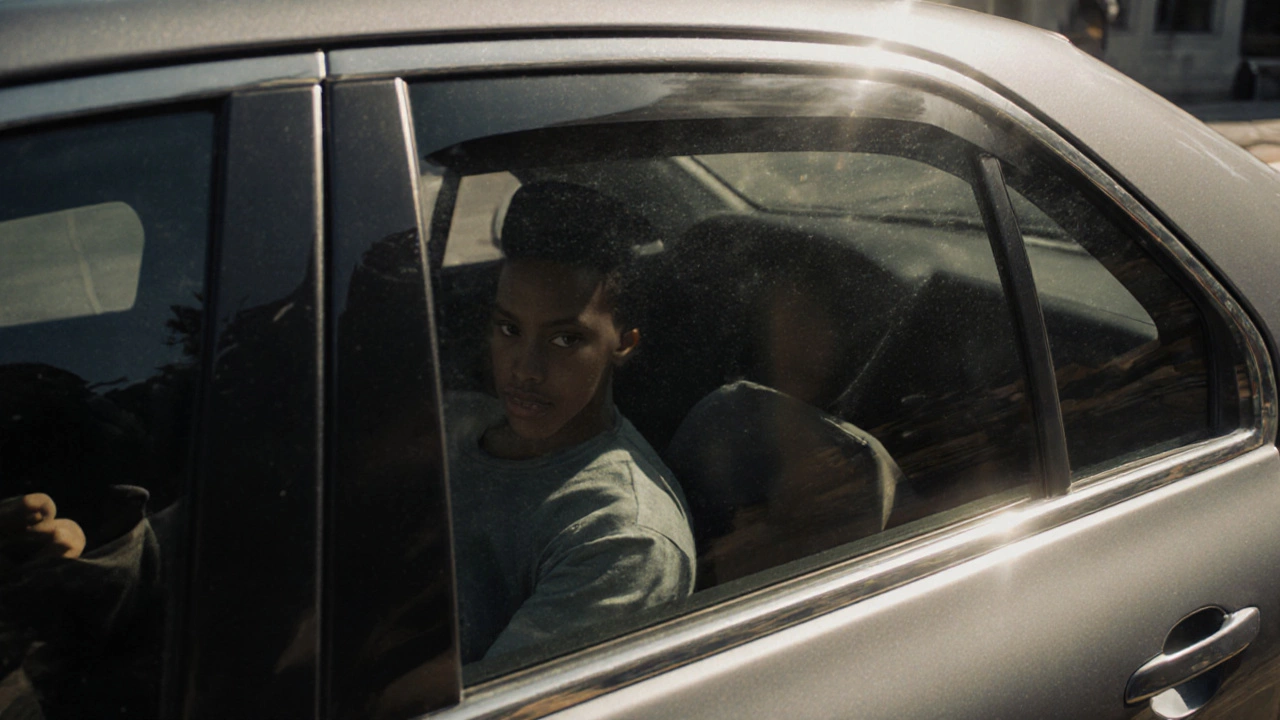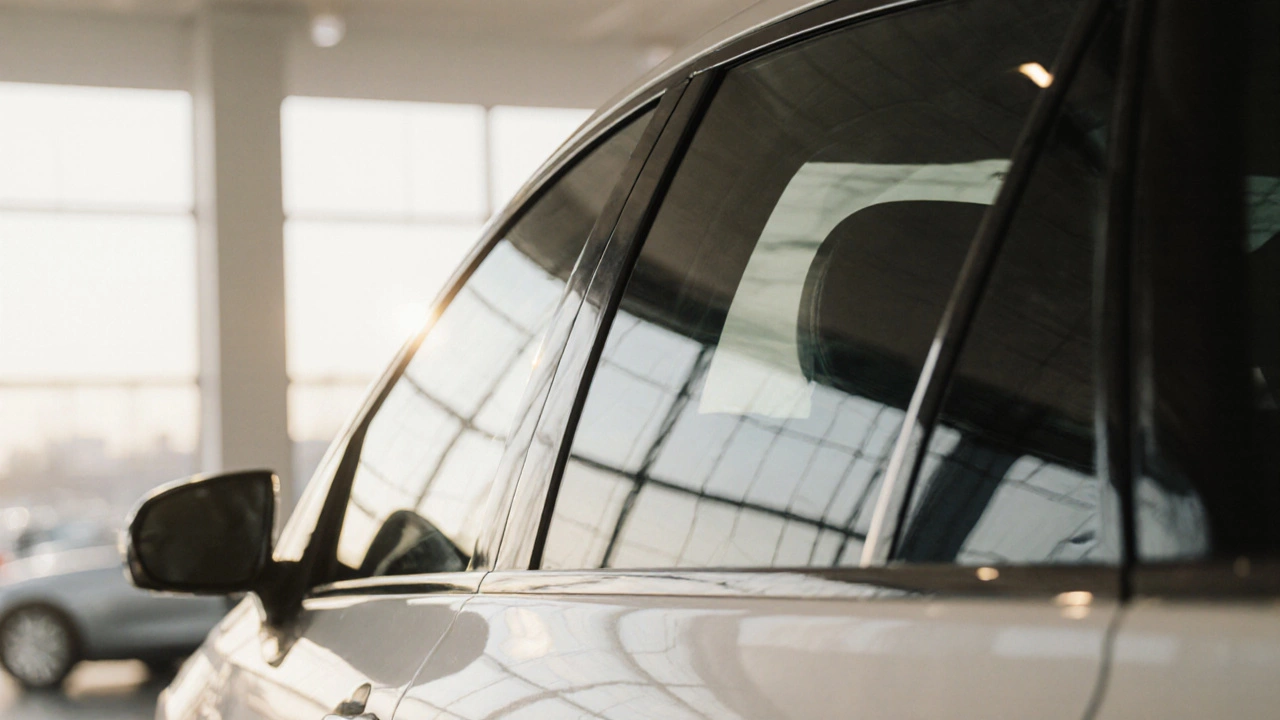When working with Tint Darkness, the amount of light blocked by a vehicle’s glass, reported as a VLT (Visible Light Transmission) percentage. Also called window tint level, it directly influences Privacy and must stay within Legal Limits that differ by state or country. In simple terms, darker tint (= lower VLT) means less light reaches the interior, giving you more privacy but also reducing visibility for you and for law‑enforcement cameras. This trade‑off creates a natural link: tint darkness determines privacy, while legal limits cap how dark you can go. Below we’ll walk through the key factors that shape that balance.
The first factor is the Window Tint material itself. Modern films come in carbon, metalised or ceramic blends, each offering a different combination of heat rejection, glare reduction and durability. A 15% VLT film blocks 85% of visible light—great for night‑time privacy but often too dark for daytime driving in most jurisdictions. VLT Percentage is the metric you’ll see on the film’s spec sheet, and it’s the language regulators use when they write the law. For example, Queensland allows a minimum of 20% VLT on front side windows, while some US states let you drop down to 5% on rear windows. Knowing the exact VLT helps you stay legal and choose the right level of privacy for your lifestyle.
Next up is Vehicle Safety. Darker tint can hinder a driver’s ability to see pedestrians, traffic signals and road signs, especially in low‑light conditions. Studies from the Australian Transport Safety Board show that a drop from 35% to 20% VLT can increase reaction time by 0.3 seconds in night‑time scenarios—enough to matter at highway speeds. That’s why many safety experts recommend keeping front windows at 35% or higher, while allowing darker shades on the rear where the driver’s view is less critical. The link is clear: legal limits protect safety by restricting tint darkness where visibility matters most.
Finally, consider the Car Styling angle. A well‑chosen tint can give your ride a sleek, unified look and hide interior clutter. Enthusiasts often match the tint darkness with other styling cues like matte wraps, carbon‑fiber accents or custom lighting. The aesthetic payoff is real, but it should never override the practical side. By balancing the three pillars—privacy, safety, and style—you’ll end up with a look that turns heads without getting you a ticket.
Below you’ll find a hand‑picked selection of articles that dig deeper into each of these points. From the nitty‑gritty of state‑by‑state legal tables to real‑world tips on choosing the right film type, the collection covers everything you need to decide how dark you can safely go. Dive in and discover the facts, tools, and quick wins that will help you ace the tint game.

35% tint lets in enough light to see through during the day, offering privacy without blocking visibility. It's legal on front windows in most Australian states and balances heat reduction, safety, and style.

Learn how dark factory window tint really is, its VLT range, legal limits in Australia, and when to consider aftermarket upgrades.